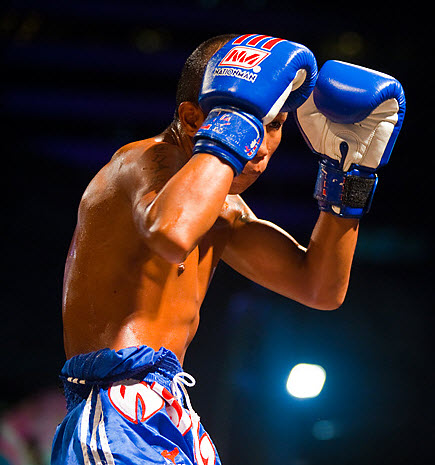
Human Roll Cage
February 11, 2016
Wing Chun is said to be a system of ideas.
I used to wonder what was meant by this, but my experience has now shown me clearly how each major step forward in my development has been the result of receiving a concept or metaphor at the right time.
Wing Chun is first and foremost a way of thinking.
The Bong Sau, trademark action of Wing Chun, has always been somewhat elusive for me.
Despite doing the action many thousands of times, embedded as it is in Chi Sau, I have often found it difficult to picture doing the action in a fight to great effect. I’ve written before about my problem with it as a defensive action, and not a hit.
The descriptions for its use I heard evolved from one school to another.
At one school, I was told that the rolling action of the forearm put the incoming punch on a sort of treadmill which slowed it down as you redirected it.
 At another, one emphasis was on its use to transition from inside to outside (wrong bong to tan).
At another, one emphasis was on its use to transition from inside to outside (wrong bong to tan).
Recently I was told that the word “bong” in Cantonese means the humerus bone (located between shoulder socket and forearm bones…the upper arm). This really set my mind to work!
I had been discovering its power independently as something you can quickly jam into situations. It has no joint and no human can easily break it in motion. We can gauge the strength in the double lan position from Chum Kiu.
When you are pointing your elbows at your opponent in any approximation of a Man Sao/ Wu Sao position, you have basically constructed a cage around your upper body, and most particularly, your head.
Its like the roll cage on a racing car. A wipeout can decimate a car, with chunks of the chassis and engine flying in every direction but the driver is surrounded by the cage.
This is the castle in Wing Chun. This is why we need bridges. Because it is no easy feat to get past a couple of humerus bones pointed at you. With correct structure and a well-trained waist, this whole cage (used by an opponent) will come toward you as an offensive weapon in and of itself, and the point of its triangular structure can wedge into small gaps in your cage structure.
Its like the Muay Thai guard, except there is more intent to control the opponent’s facing in the Bong technique. We defend against the attack but also turn the opponent off the centerline.
The trick in Wing Chun is to be able to throw up a flexible structure in a heartbeat and to continually throw the bars of your cage forward, trying to strip out or pull down or push aside the bars of your opponent’s cage.
This is always the thing with Wing Chun. We need to re-discover everything. It really can’t be taught or shown. The teacher can point the way and then you have to find it in yourself and how the tool or idea can work for you .
I’ve started becoming very aggressive with my use of the bong, following my Sifu’s lead, using it (in a bong da) as a sort of strong pak-like action. And I’ve allowed this idea to diffuse into my Chi Sau play, experimenting with using the frame created by the Bong structure to control my opponent’s structure.
This really comes out in the Kwan action, where the Bong is the primary structure (the Tan is secondary), turning the opponent’s attack off the centerline. You throw that humerus bone forward, well tucked into the shoulder socket, so that the bone is really protruding from a structured position braced against the ground.
And this all emerges from an idea. A thought.
They say, “you are what you think about.”